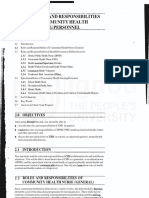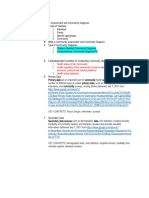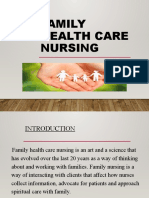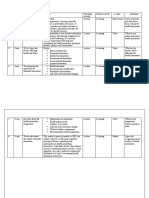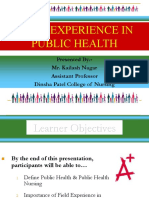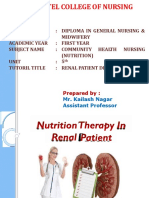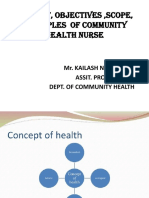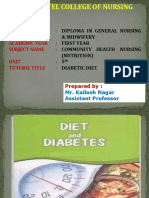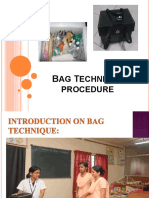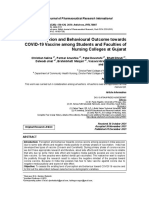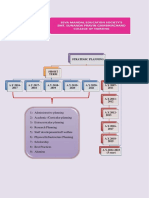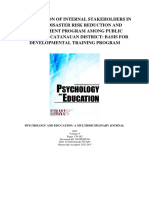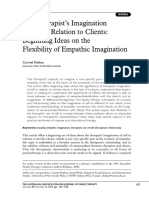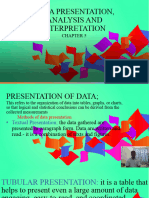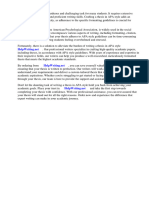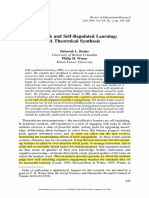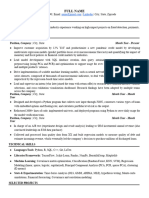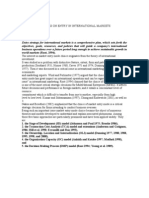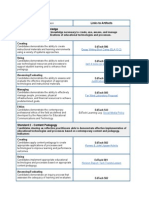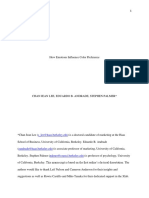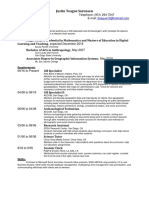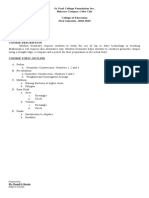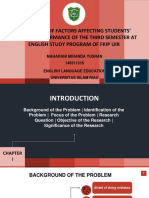0% found this document useful (0 votes)
778 views46 pagesNursing Process Community
By Kailash Nagar
Assistant Professor Community health nursing Department
Dinsha Patel College of Nursing, Nadiad
Uploaded by
Kailash NagarCopyright
© © All Rights Reserved
We take content rights seriously. If you suspect this is your content, claim it here.
Available Formats
Download as PPSX, PDF, TXT or read online on Scribd
0% found this document useful (0 votes)
778 views46 pagesNursing Process Community
By Kailash Nagar
Assistant Professor Community health nursing Department
Dinsha Patel College of Nursing, Nadiad
Uploaded by
Kailash NagarCopyright
© © All Rights Reserved
We take content rights seriously. If you suspect this is your content, claim it here.
Available Formats
Download as PPSX, PDF, TXT or read online on Scribd
/ 46









